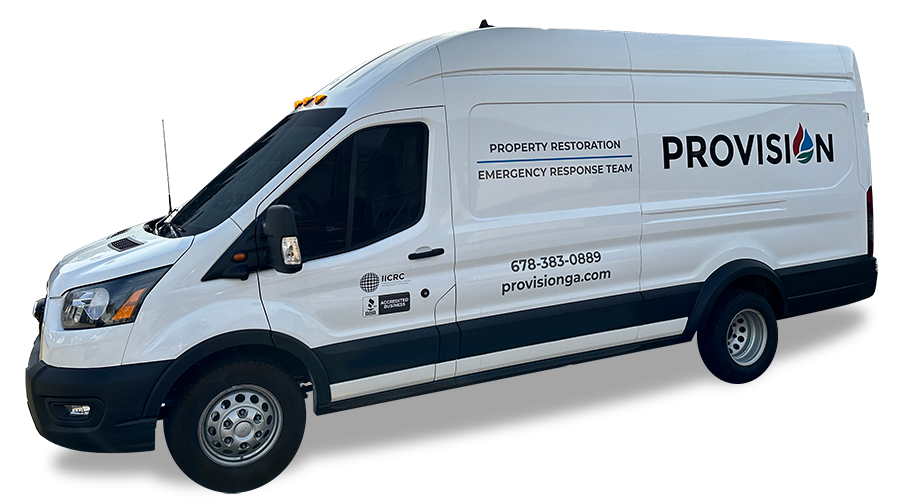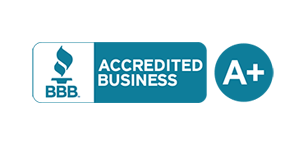After a flood has passed and clean up has been done, many people would want to just jump straight into their business buildings or their homes to begin the rebuilding process. However, one problem to deal with is that wood within a home or a building would have likely absorbed large volumes of water. If the rebuilding process begins too quickly after, the homeowner will potentially face problems in the future, such as insect infestations, mold growth, deterioration of the wall coverings and of the areas made of wood. Read on to find out more about the right way to carry out water damage restoration.
Things to Remember
Before you step into your home, remember to inspect your home for any electrical or structural damage. Only enter if you deem it is safe. You should also remember to check for any gas leaks or fire hazards. When doing so, use a light source that is battery-powered. Remember to put on eye protection, rubber gloves and wear sturdy shoes. Also, be careful of where you step. Look out for any snakes, fire ants or other dangerous animals. If you see mold, try to wear a respirator that can filter spores.
Flood Insurance Claims
If you have flood insurance, you should contact your insurance company right after the flood has occurred. After that, start drying out your home as quickly as possible. Remember to take pictures of water damage which resulted from the flood to use as evidence. If there are damaged materials, keep them first to use as proof of loss. Clean the house as best as you can so that the adjuster can see the damage.
Turn Off Electrical and Gas Services
Before you enter the building, ensure all electrical and gas services are turned off. Engage the help of an electrician to check if the conditions are safe before you connect the system again.
Do Not Use the Water for Sanitation Purposes
After a flood has occurred, wait until the local water utility or public health department declares that the water source is safe before you use it. Do not use it for drinking, cooking or showering before the announcement is out.
Remove Furnishings and Carpets
If there are any bedding, furniture and carpeting that are wet, move them outdoors to be dried and cleaned. For those that you deem cannot be salvaged, discard them. For carpets and rugs, it is best to replace them as flood water is often dirty and contain lots of germs and bacteria. They should be removed from the home 48 hours after flooding has stopped. If you do intend to salvage them, spread them out to dry outdoors. Your best bet would be to get them professionally cleaned in order to remove the dirt and germs.
Open Flooded Walls
Even if you think your walls may be undamaged, you should still open them to prevent mold growth and structural decay in the future. Try your best to remove water from the structure and ventilate the wall. Remember to clean out any debris or mud which may have soiled the walls.
You should only start rebuilding your home or office after the basics have been done. If you find that it is too complicated, your best bet would be to engage professionals to help you, so as to prevent bigger problems from arising in the future. Feel free to contact us today if you require professional help for water damage restoration. Our team of experts will be able to assess the situation and do the necessary as quickly as possible.








